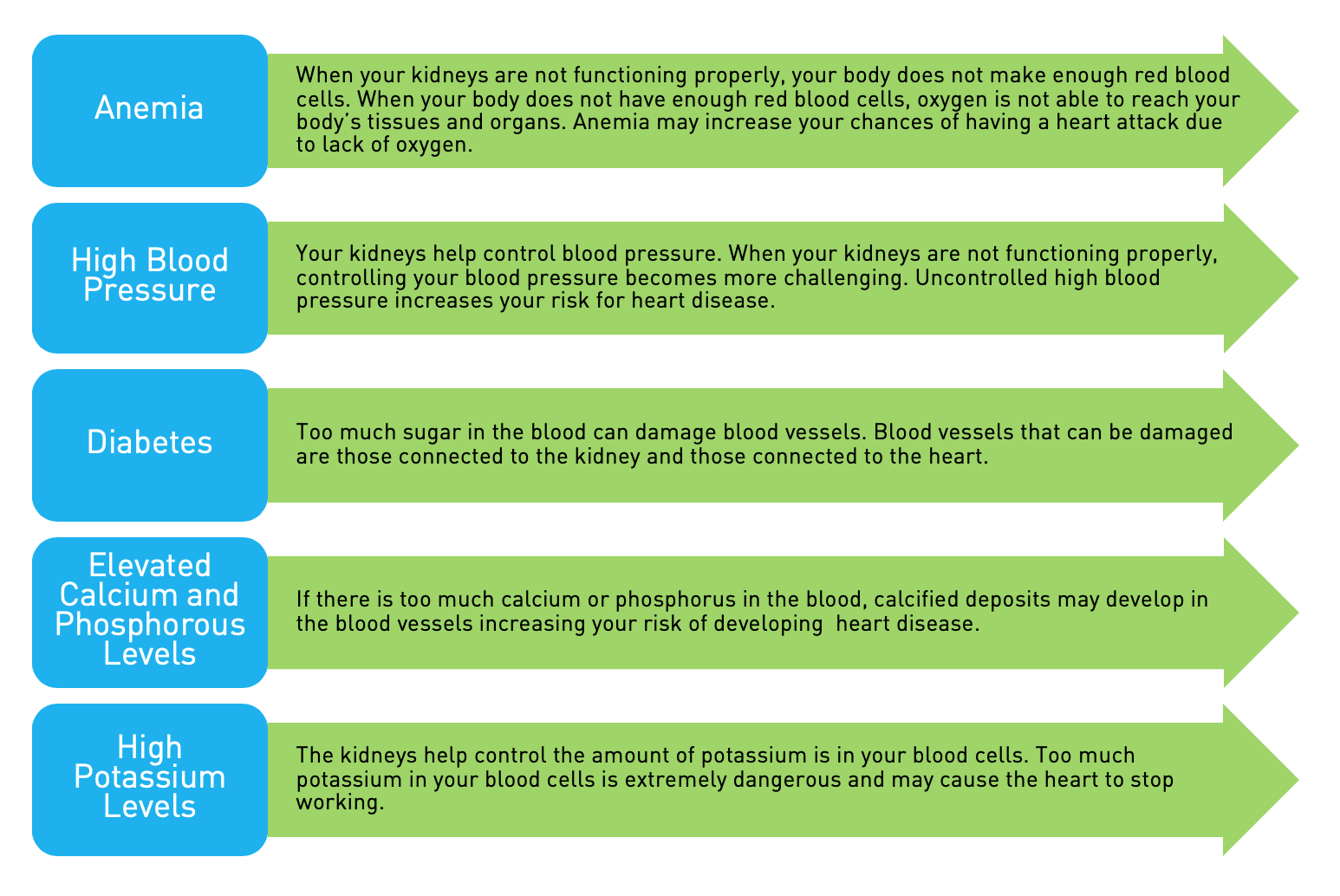Starting dialysis can be a frightening event for many people. It often happens during a time of illness and worries about lifestyle changes. Dietary changes and long-term health issues can be quite intimidating. However, it is the fear of the actual dialysis treatment that often bothers people and the fear of pain in particular can cause great anxiety.
Dialyzing at home has its own set of worries, but you may be surprised to learn that home dialysis can actually be less stressful, less painful and less lifestyle altering than in-center hemodialysis. This article discusses peritoneal dialysis (PD), and addresses many of the anxieties that haunt patients with chronic renal failure who need dialysis.
PD is very safe and it can be done at home without a partner. There are no needles or blood needed for the treatments, and many people receive their treatments while they are sleeping at night. Bags of sterile fluid, called dialysate, fill the abdomen through a small flexible tube called a PD catheter. The dialysate stays in the abdomen for some time, and then is drained out. Your body can be cleaned of toxins in this way while you are working in the garden, traveling in the car or sleeping in bed. Some patients don’t choose PD because they fear it will be too difficult or complicated. They worry the therapy will hurt, or result in problems they are unable to fix.
1. How difficult is it to perform PD at home?
Almost anyone can learn to do PD. Patients who choose PD are taught what to do, and the teaching continues until you know everything that is needed. The steps are quite simple, and pictures and videos are included. This training usually takes one to two weeks, but afterwards you will never really be left on your own. The PD team, consisting of nurse, nephrologist, dietician and social worker are always ready to help. Help is available 24-hours per day by phone in most places.
2. How dangerous and painful is placement of a PD catheter?
Placement of a PD catheter is usually done under general anesthesia, although local anesthesia can be done in some cases. It is usually considered a low-risk operation, and complications are quite uncommon. Overnight hospitalization is often not necessary, although some surgeons will choose to have you stay overnight for various reasons.
There will sometimes be minor pain or discomfort for a few days after surgery, but this can be controlled with pain medication. You will be asked not to shower or get the catheter wet for two weeks or so. Bandage changes will be done by your PD nurse or surgeon, and you can resume your normal diet as soon as you get home after the procedure.
3. Do PD treatments hurt?
PD does not require any blood, so there are no needle sticks involved. Fluid simply enters your abdomen through the catheter, dwells inside for awhile, and then drains back out. This process is usually completely painless. However, there may be exceptions to this.
• The catheter tip inside your abdomen may occasionally press against the abdominal wall. This may cause discomfort during times when the fluid is going in or draining out. There are several simple solutions including stimulating the bowels with a laxative, or using a drainage technique known as tidal PD.
• Some patients are unusually sensitive to the peritoneal fluid solution, and may experience mild burning when the solution first enters the abdomen. This is usually fixed by adding either sodium bicarbonate or lidocaine to the bags before they are used. Your nephrologist or PD nurse would take care of this if it were necessary.
4. Will I be able to sleep while on peritoneal dialysis?
As a PD patient, you may choose to use an automated cycler machine that infuses and drains dialysate solution into your abdomen. This is usually done at night, which frees up the daytime for work, school or other activities. Bags of fluid are hung on a pole next to the bed, you hook up to the machine when you are ready to go to sleep, and then disconnect from the machine in the morning. The cycler machine is very quiet, and most patients sleep quite well during the treatments. Some people will have initial sleep trouble when they first start PD due to anxiety over the treatments. However, this usually fades away after just a night or two. Troubles that occur with the cycler are rarely serious and usually easy to fix. The cycler machine manufacturer has a helpline to call if necessary, and your PD nurse should also be able to solve most problems.
5. What is peritonitis and should I be worried about it?
Peritonitis is an infection inside the abdominal space (the peritoneum). It is usually caused by common bacteria that live on the skin or in the intestines. Most episodes of peritonitis occur because of an accidental contamination of the peritoneal fluid, and can usually be avoided by strictly following the proper techniques taught during the initial PD training. Peritonitis was once a common and dreaded complication of PD. However, technology and techniques have improved so peritonitis is now much less common. Many patients on PD go for years without ever getting peritonitis. In most PD programs, the average patient will have less then one episode of peritonitis for every two years on therapy.
Peritonitis can be painful, and prevention is very important. Strict hand washing, use of a mouth/nose mask and proper sterile exchange technique is critical. Daily application of an antibiotic cream to the catheter exit site should be performed since it has been shown to reduce the frequency of infections. Also, any possible contamination of your dialysis fluid or catheter should be reported immediately to your PD nurse. A single dose of antibiotics can often prevent a contamination from becoming an infection.
If your fluid becomes cloudy, especially if accompanied by fever, nausea or abdominal pain, you should call the PD nurse right away. These may be signs of peritonitis, and starting treatment quickly can often prevent the problem from getting worse. Peritonitis can be painful, although most cases can be managed with oral medications and without the need for hospitalization. Peritonitis requires 2-3 weeks of therapy and generally involves the use of antibiotics that are added to one of your daily dialysis fluid exchanges.
Summary:
PD is a safe and effective option for patients with kidney failure who need dialysis. It offers several advantages over in-center hemodialysis and may be the right option for many people. It is important for patients to learn as much as possible about all therapy options before choosing their dialysis treatment.
Mark H. Shapiro, MD, is a clinical nephrologist who practices in Escondido, Calif. He’s a Peritoneal Dialysis Medical Advisor to DaVita Healthcare, and is an Assistant Professor of Medicine at the University of California, San Diego.
This article originally appeared in the March 2008 issue of At Home with AAKP.
























